Some things get better with age—wine, cheese, and, of course, classic coupes. In the world of automobiles, few things command more admiration than a well-preserved, elegantly designed coupe. Why coupes, you ask? Coupes are the automotive equivalent of a finely tailored little black dress, with which you can never go wrong. Here are 21 classic coupes that have stood the test of time.
1961 Jaguar E-Type
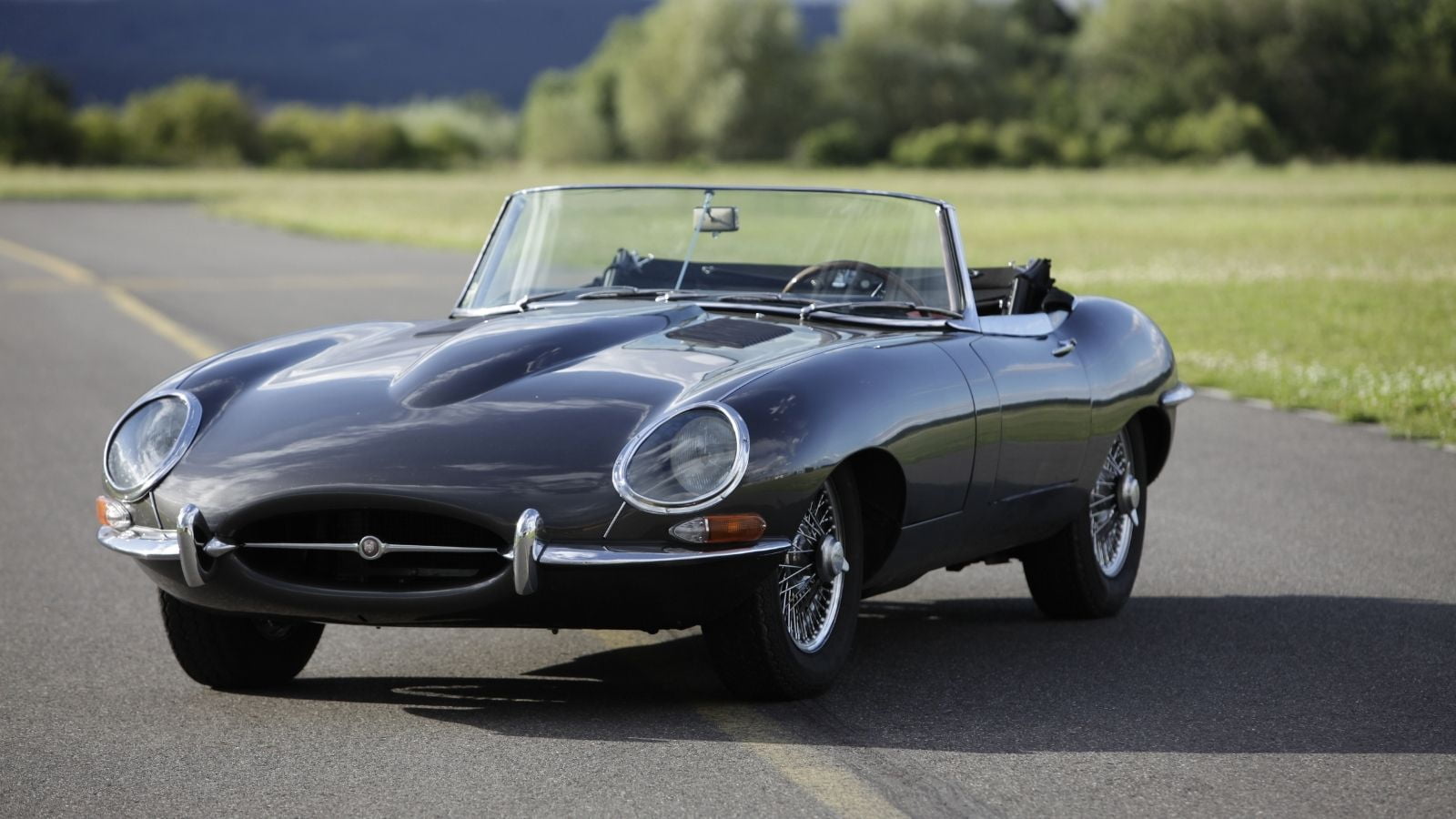
When Enzo Ferrari calls your car “the most beautiful car ever made,” you know you’ve done something right. The Jaguar E-Type’s jaw-dropping curves and powerful performance made it an instant classic. Powered by a 3.8-liter inline-six engine capable of pushing 265 horsepower, it could reach 150 mph—a feat in the early ’60s. Its long bonnet and elegant lines create a silhouette that still makes car lovers sigh.
1963 Chevrolet Corvette Sting Ray
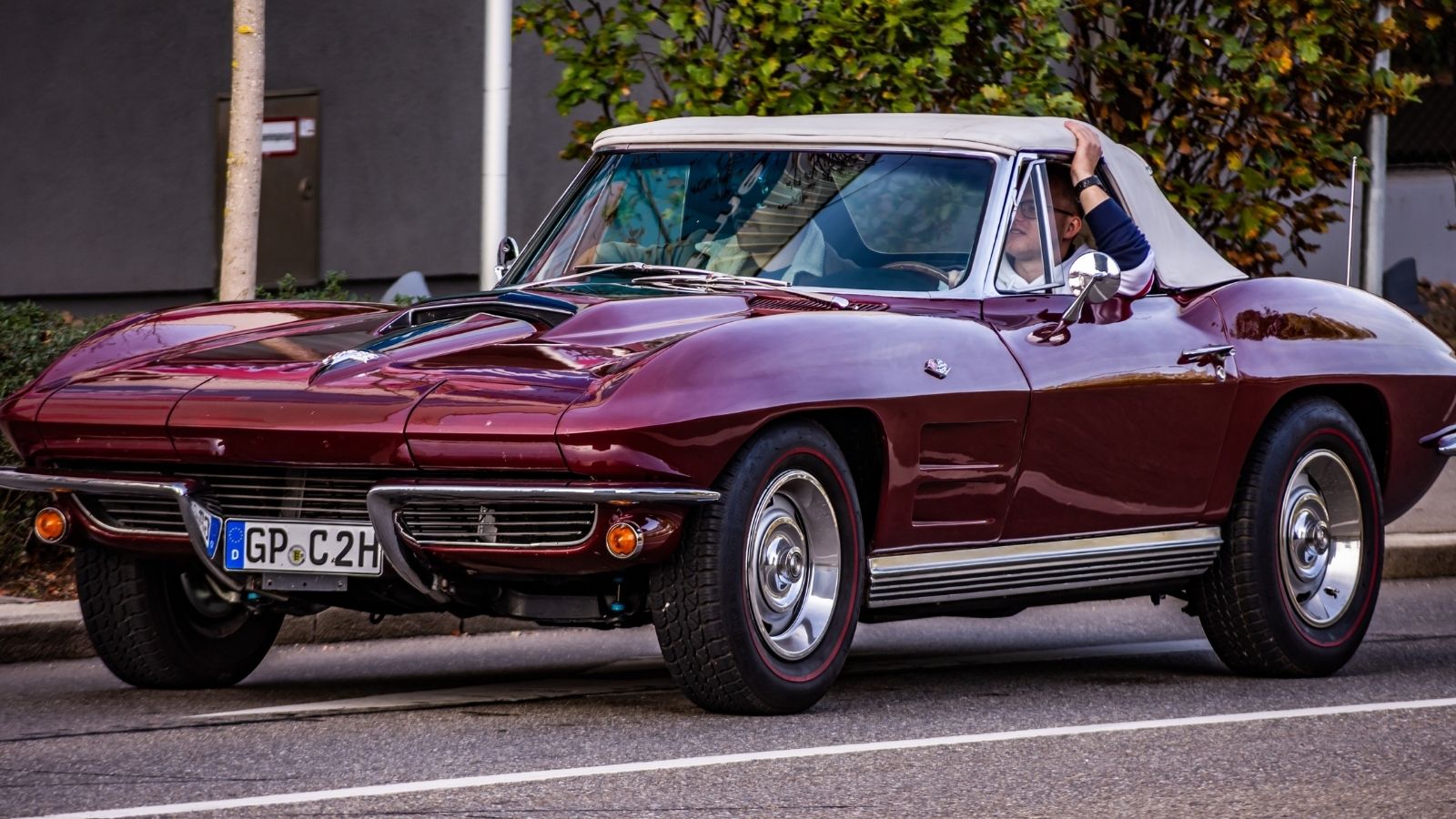
This second-generation Corvette, the “Sting Ray,” introduced the world to the split rear window design. With a 327 cubic-inch V8 under the hood, the Sting Ray had the muscle to match its good looks. The mid-year C2s are particularly revered today for their classic styling cues, which include hidden headlights, a sleek body, and those curves that make it look like it was constantly speeding, even when parked.
1955 Mercedes-Benz 300SL Gullwing
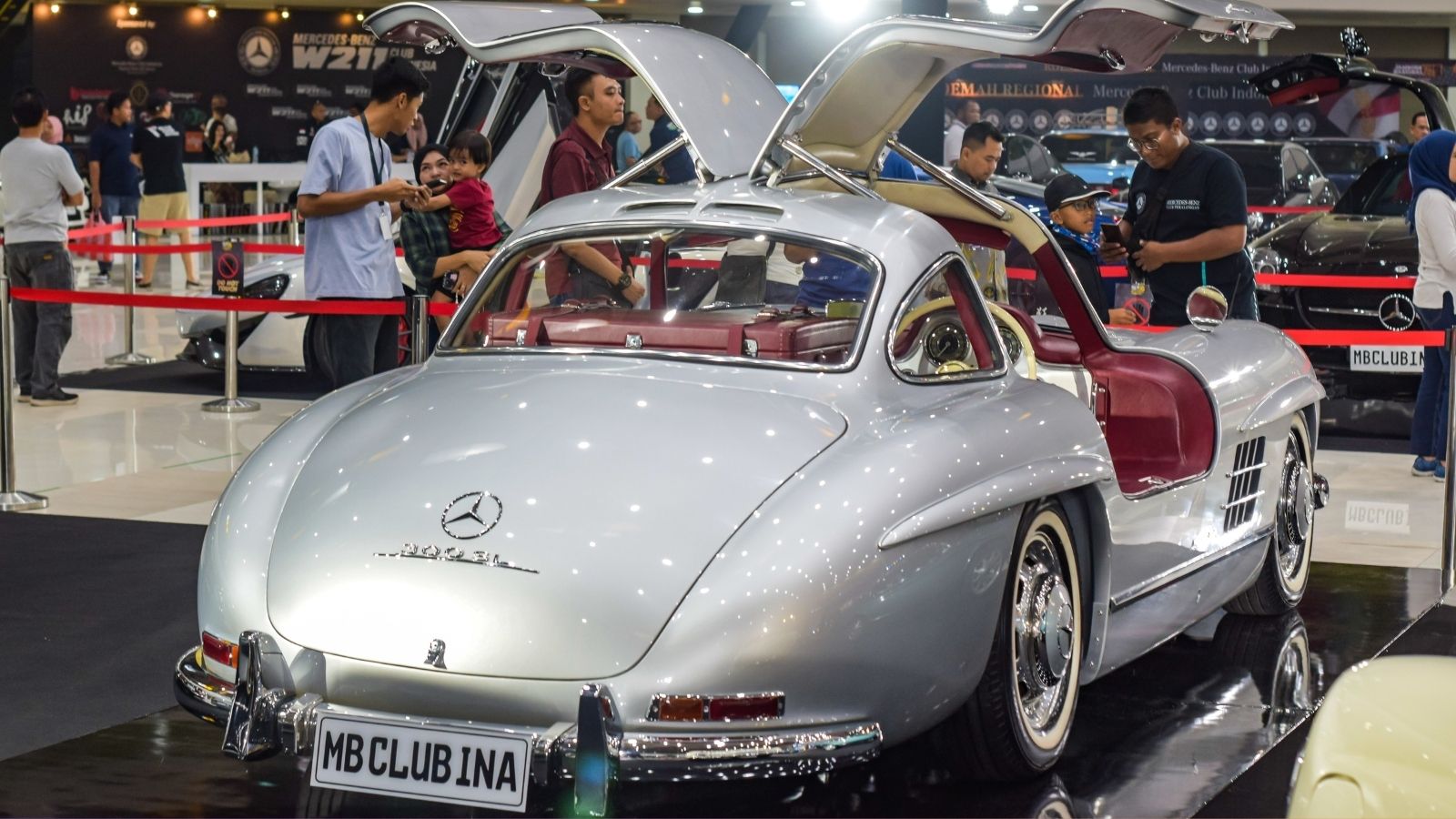
The 300SL’s iconic gullwing doors are the stuff of legend. Originally designed as a race car, the 300SL was the fastest car of its time, with a top speed of 160 mph. Its tubular frame was a marvel of engineering, but the futuristic design continues to turn heads. The fuel-injected inline-six engine under its impossibly long hood doesn’t hurt either. Today, the 300SL is a rare treasure, fetching millions at auctions.
1965 Ford Mustang Fastback

No list of iconic coupes would be complete without the Ford Mustang, especially the fastback model. The pony car that started a revolution, the Mustang, was instantly hit upon its release. The fastback’s sloping roofline gave it a sporty silhouette that oozed attitude. Whether equipped with a humble inline-six or a roaring V8, the Mustang Fastback is an American icon that has influenced generations of car enthusiasts and filmmakers alike (looking at you, Steve McQueen in Bullitt).
1973 Porsche 911 Carrera RS 2.7
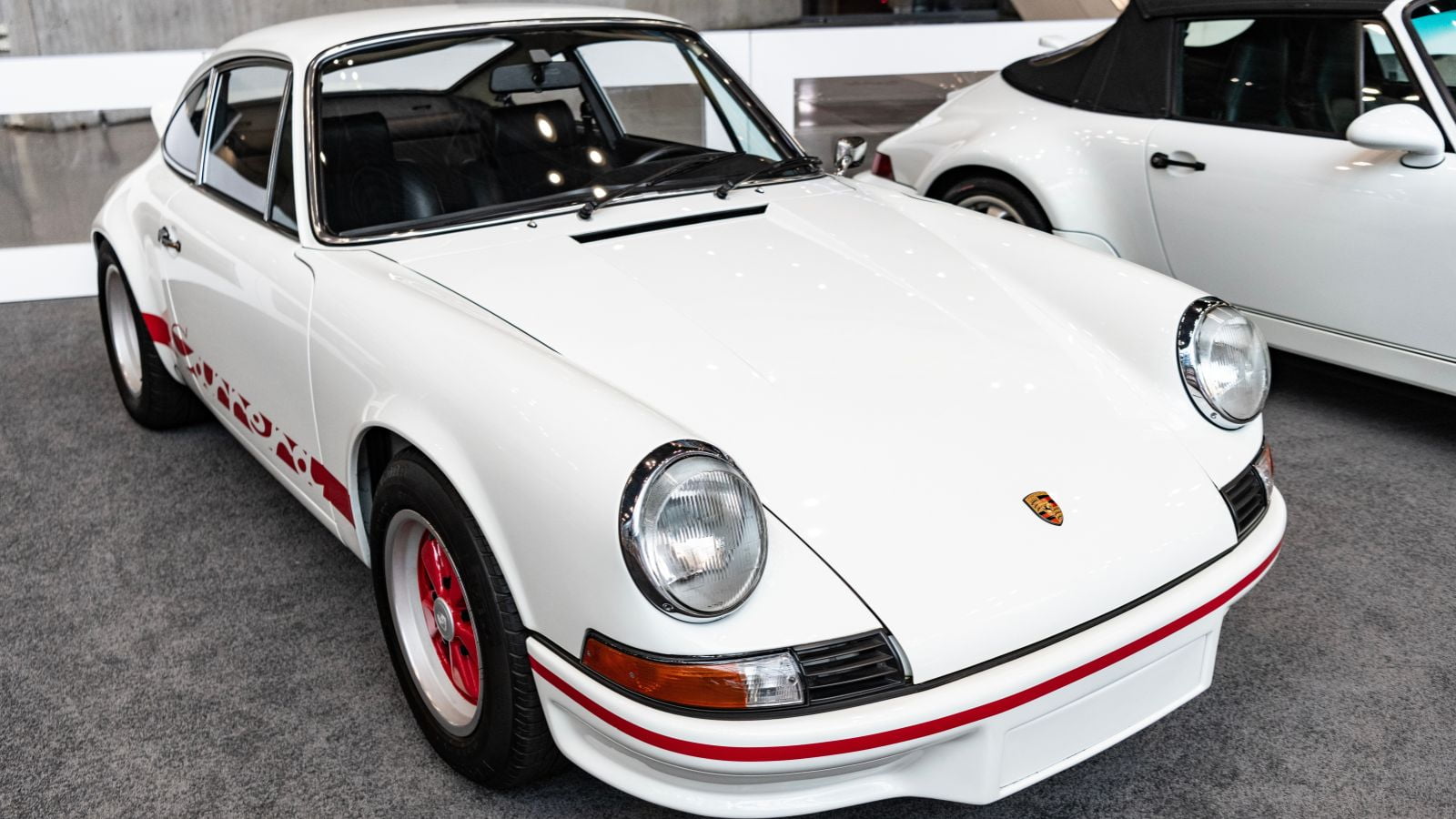
It’s often said that Porsche doesn’t evolve; it refines. Nowhere is that more evident than in the 911, a car that has changed in form but never in spirit. The 1973 Carrera RS 2.7 is often considered the holy grail of 911s. With its lightweight construction and a 2.7-liter flat-six engine producing 210 horsepower, it was designed for the track but quickly became a road-going sensation. Plus, the iconic “ducktail” spoiler is not just for show—it improves stability at high speeds. Over five decades later, the 911 still sports the same basic shape, a testament to its timeless design.
1969 Dodge Charger R/T
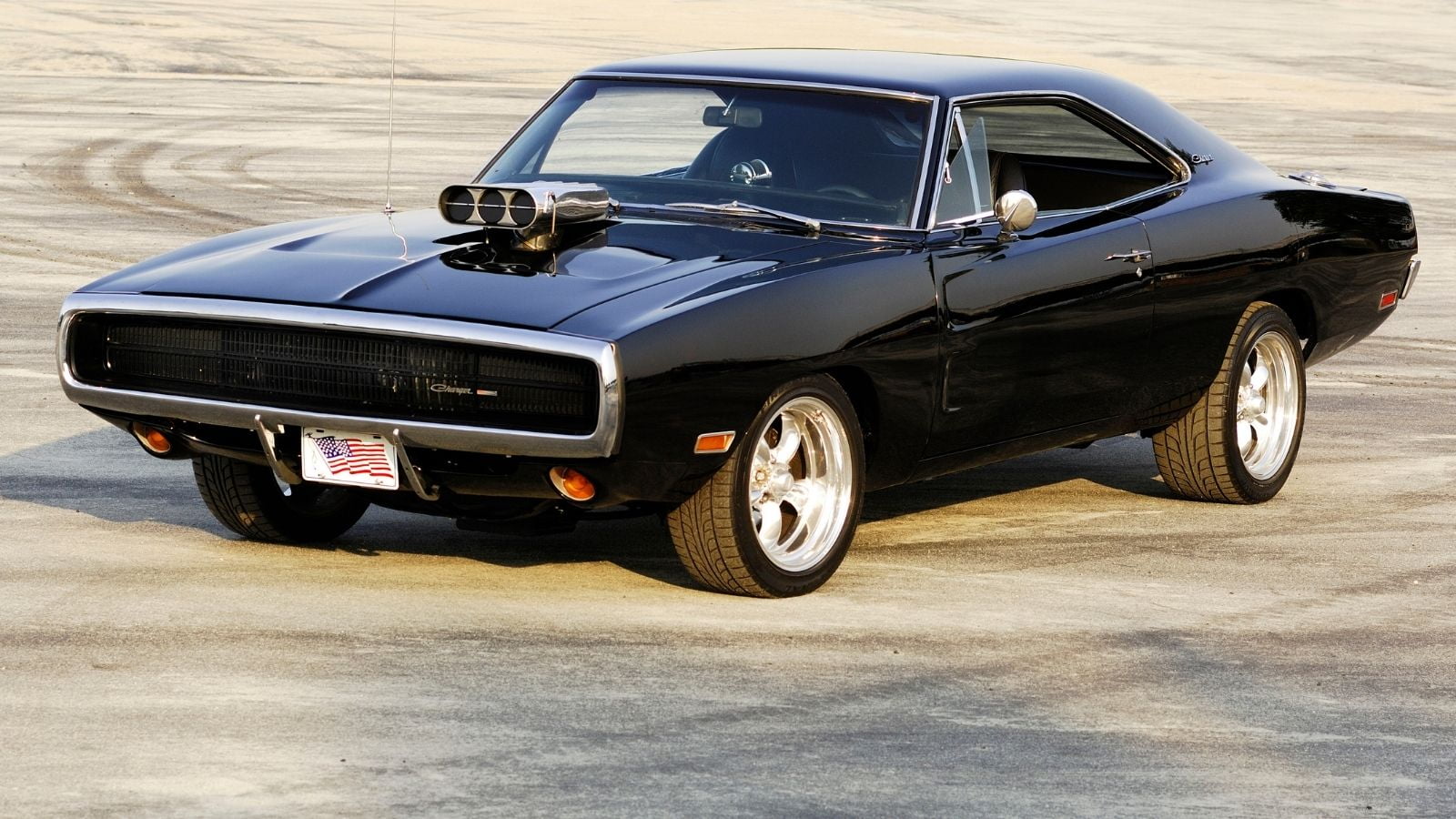
Thanks to its role in The Dukes of Hazzard, the Dodge Charger R/T has cemented its place in American car culture. But even if you strip away the Hollywood glitz, the Charger is still a beast. With its distinctive “Coke bottle” body design, hidden headlights, and full-width taillights, the ’69 Charger R/T is instantly recognizable. The fastback roofline and aggressive front end make it look ready to leap into action at any moment.
1957 BMW 507
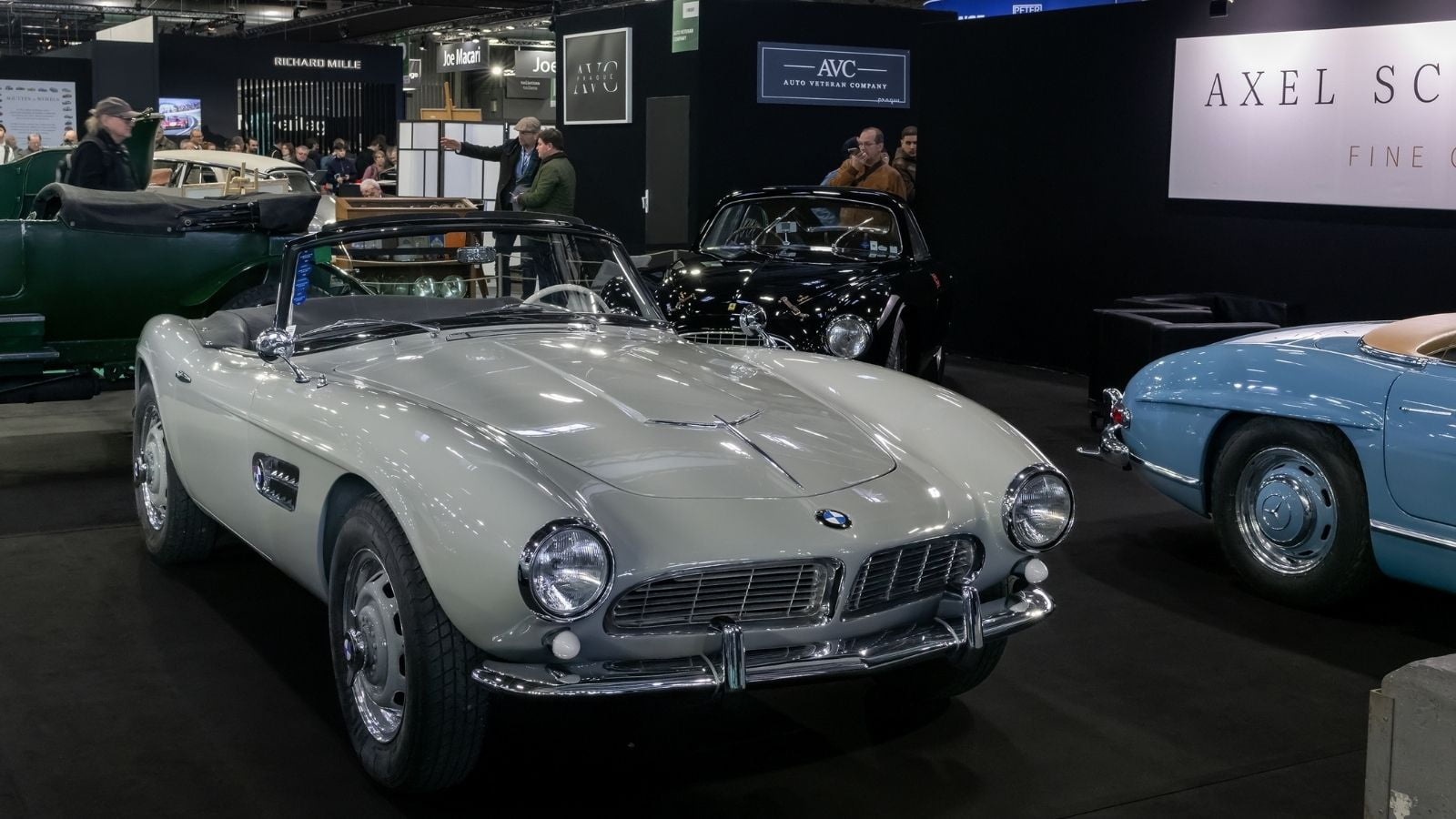
Before BMW was known for making the Ultimate Driving Machine, it gave the world the 507, a roadster that made James Bond jealous. Only 252 were ever built, making the 507 a rare bird. The 507’s design, from its long, low-slung body to the exquisite kidney grille, is timeless. It was powered by a 3.2-liter V8.
1971 Lamborghini Miura

The Miura is a beautiful car and is widely considered the first supercar. Introduced in 1966, the Miura’s sleek, low-slung design and cutting-edge engineering turned heads. The 1971 SV model offered enhanced suspension, wider rear tires, and more horsepower than its predecessors. The car’s design is so iconic that it reportedly inspired the wedge-shaped supercars of the 1970s and ’80s. Even decades later, the Miura’s design feels fresh and exciting.
1967 Alfa Romeo 33 Stradale
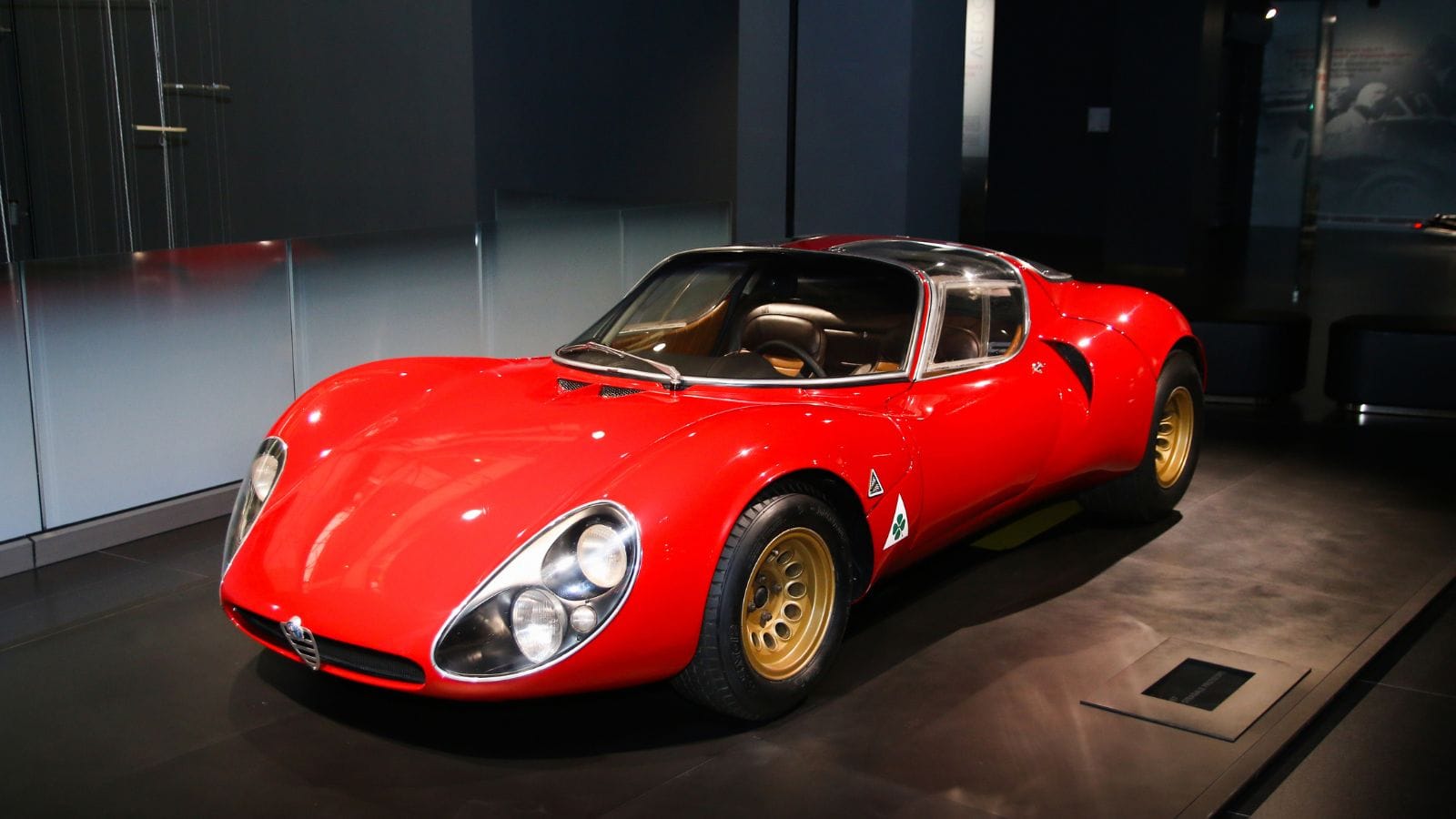
Designed by Franco Scaglione, the Alfa Romeo 33 Stradale’s striking, curvaceous body makes it one of the most beautiful cars ever. It is powered by a 2.0-liter V8 engine derived from Alfa Romeo’s racing cars, producing 230 horsepower. Weighing just 700 kg (1,543 lbs.), it could accelerate from 0-60 mph in under six seconds and reach a top speed of 160 mph, remarkable for its time.
1965 Aston Martin DB5
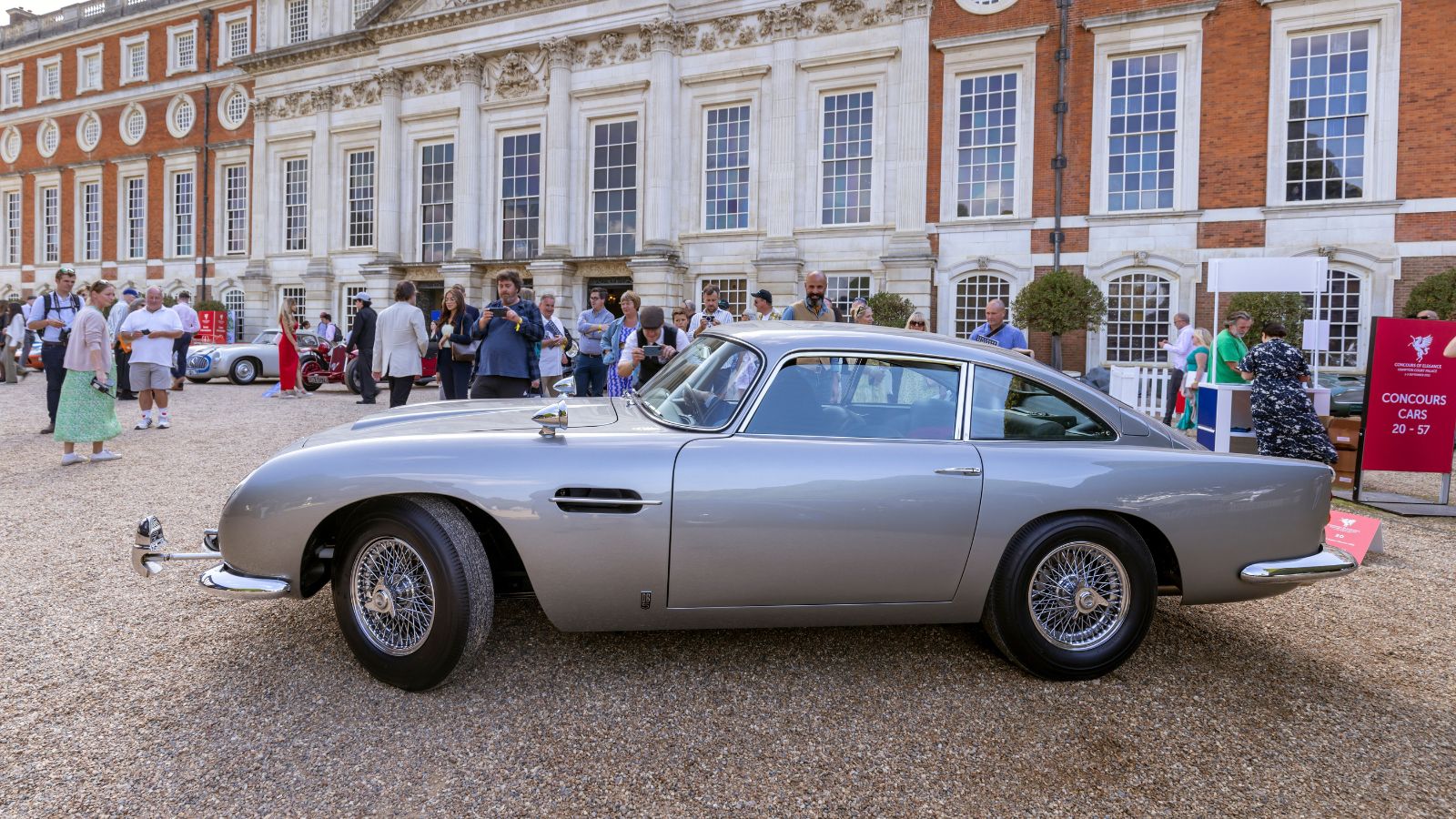
The DB5 is known as “the James Bond car.” It has a way of making every trip feel like an adventure. The DB5 came with a five-speed ZF gearbox and an aluminum body designed by Carrozzeria Touring of Milan, ensuring a lightweight yet luxurious build. Only 1,059 DB5s were made, making it a rare and coveted collector’s car today. Notable for its cutting-edge features, it also included reclining seats, wool pile carpets, and a fire extinguisher, all wrapped in British elegance.
1989 Mazda MX-5 Miata

The Mazda Miata proves that you don’t need insane horsepower or flashy designs to build a car people will love for decades. With its pop-up headlights and lightweight chassis, the first-gen Miata brought back the simple joy of driving. Inspired by British roadsters, the Miata paired nimble handling with a reliable Japanese engine, making it not only fun to drive but also affordable and practical. Three decades later, the Miata still holds the title of the best-selling roadster ever.
1967 Pontiac GTO
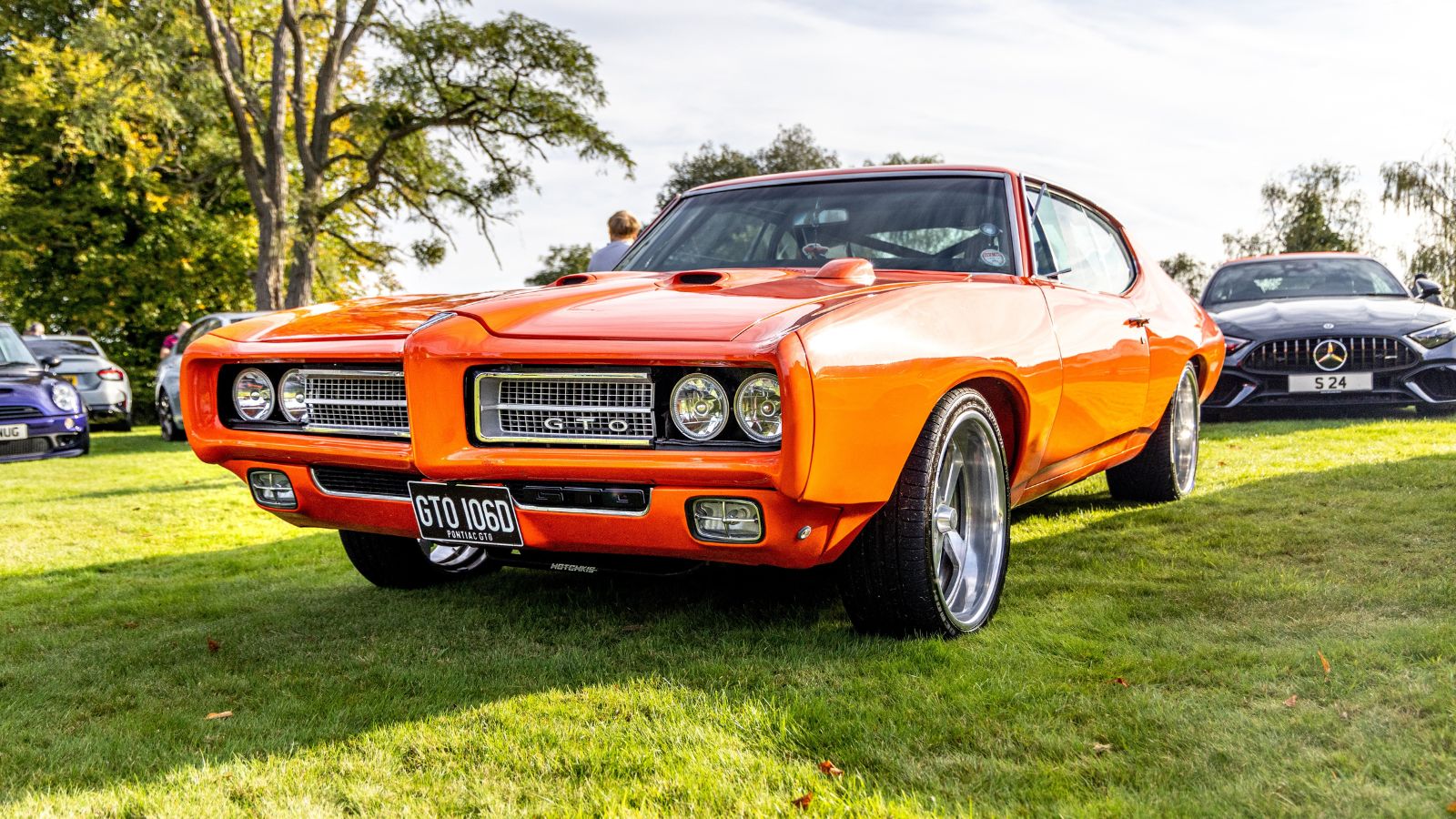
The Pontiac GTO’s sleek design featured a distinctive split grille and wide stance, embodying the muscle car aesthetic. The 1967 GTO also introduced new options, including a convertible model and a 4-speed manual transmission, enhancing its appeal to enthusiasts. The 1967 model, with its stacked headlights and menacing grille, is particularly beloved. Plus, it came with a Hurst shifter and a hood scoop, making it stand out.
1970 Datsun 240Z
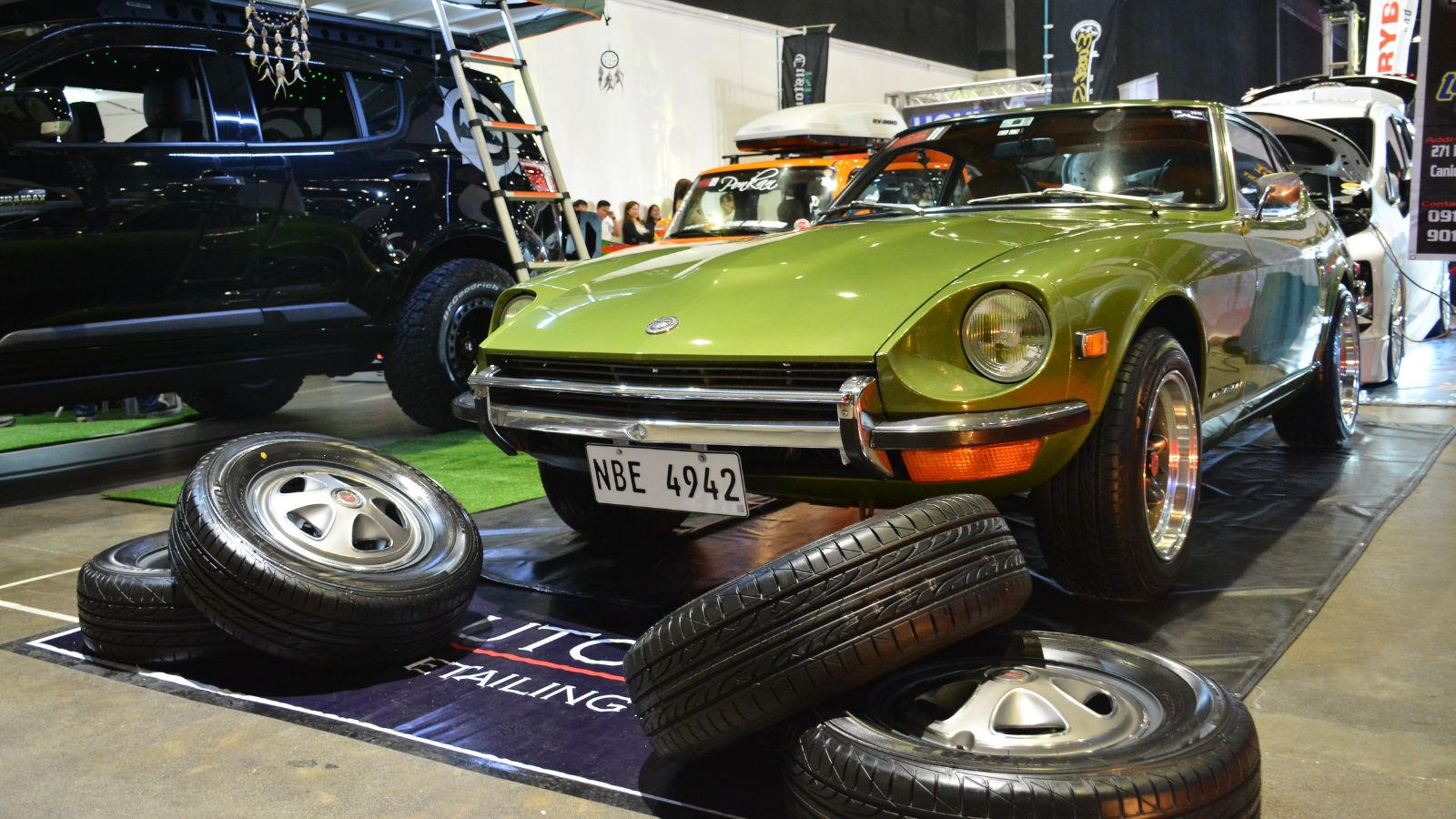
Japan’s answer to the European sports cars of the time, the Datsun 240Z, was an affordable, stylish, and fun-to-drive coupe that quickly won over fans worldwide. Introduced in the US in 1969, it featured a sleek design by Yoshihiko Matsuo and was powered by a 2.4-liter inline-six engine producing 151 horsepower. This power allowed it to accelerate from 0 to 60 mph in around 8 seconds, a respectable figure for its time.
1984 Ferrari 288 GTO

Before the F40 stole the spotlight, there was the 288 GTO. Specifically developed for Group B racing, it featured a lightweight design with a fiberglass body and aluminum chassis, weighing around 2,400 pounds. In the heart of the GTO was a 2.9-liter twin-turbocharged V8 engine, producing 400 horsepower and 366 lb-ft of torque, enabling it to reach 0-60 mph in just 4.8 seconds and a top speed of approximately 189 mph. And not to forget, its aggressive styling, with flared arches and aerodynamic curves, made it look fast even when standing still.
1997 Toyota Supra MKIV
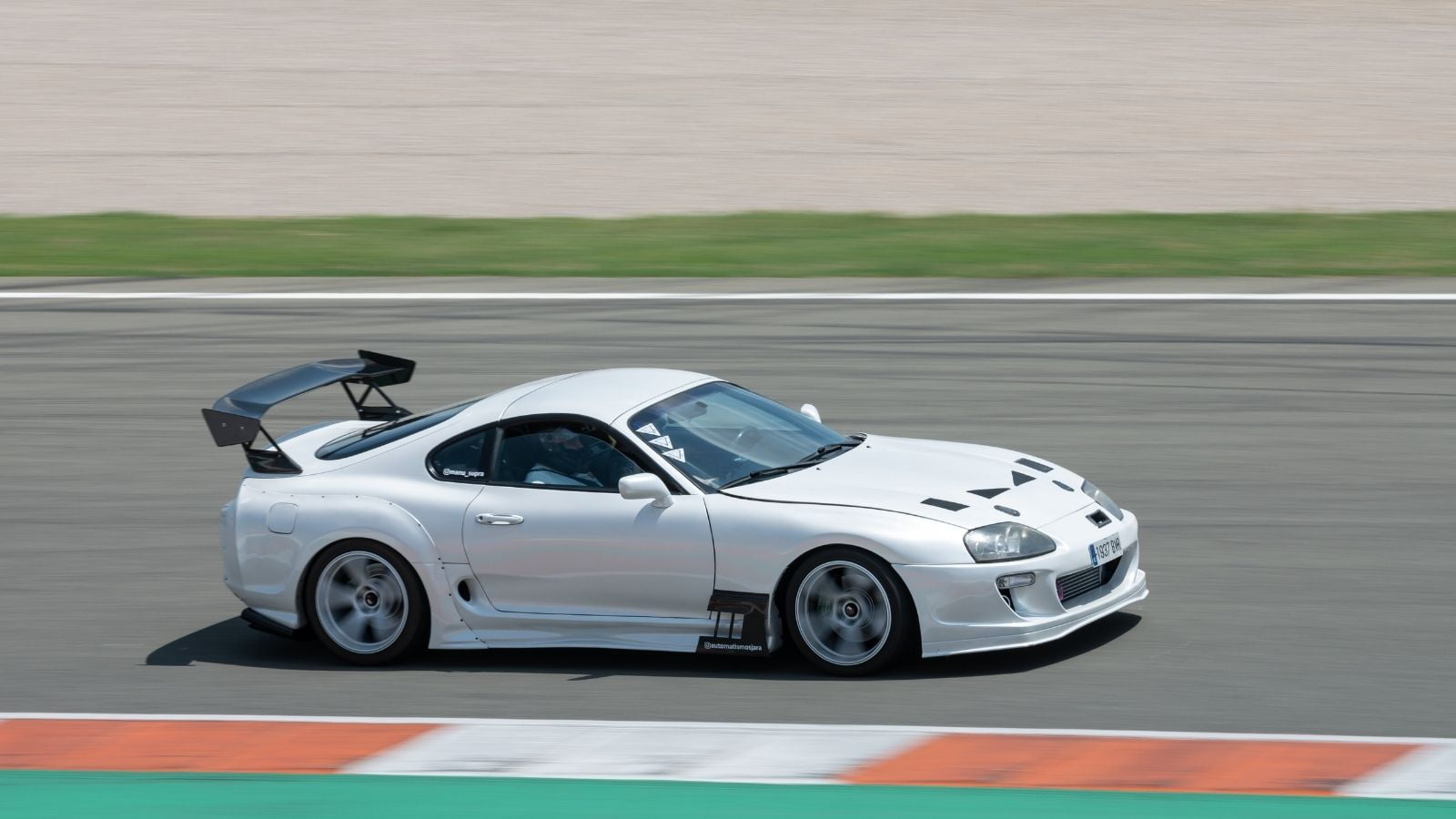
Before Paul Walker and “The Fast and the Furious,” the Toyota Supra MKIV was a well-kept secret among car nerds. With its 2JZ-GTE engine capable of monstrous tuning potential, it became the darling of the street racing scene. Its timeless design and near-unlimited power potential mean the Supra still has a massive cult following. Good luck finding one that hasn’t been modified within an inch of its life!
1957 Chevrolet Bel Air
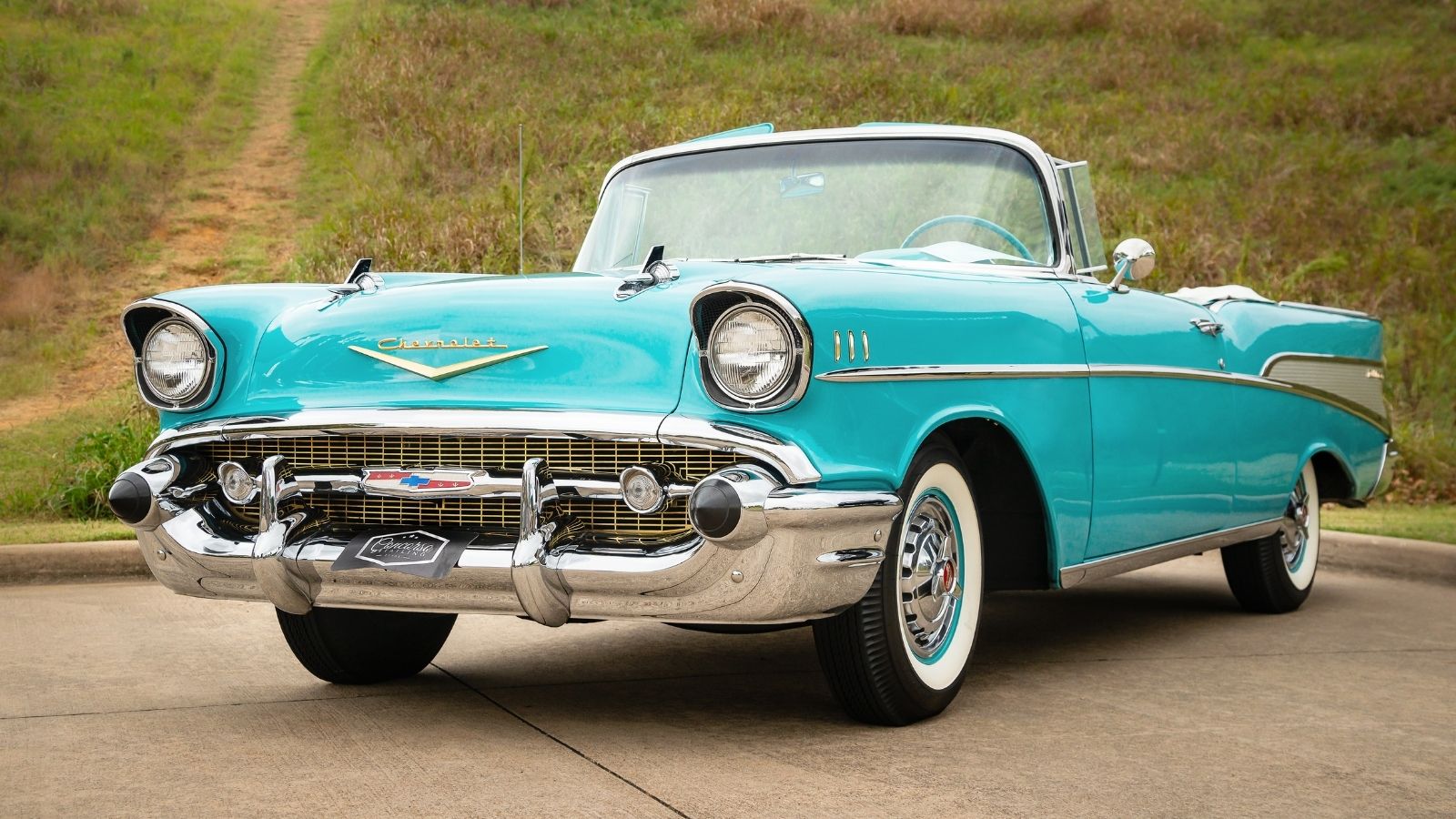
The Chevrolet Bel Air coupe from 1957 is less about speed and more about style. This model featured a twin-turbocharger setup, contributing to its impressive power delivery. The Supra MKIV is also famous for its balanced rear-wheel-drive layout and responsive handling, thanks to its sophisticated double-wishbone suspension. Its classic styling remains a touchstone for retro Americana.
1987 Buick Grand National GNX
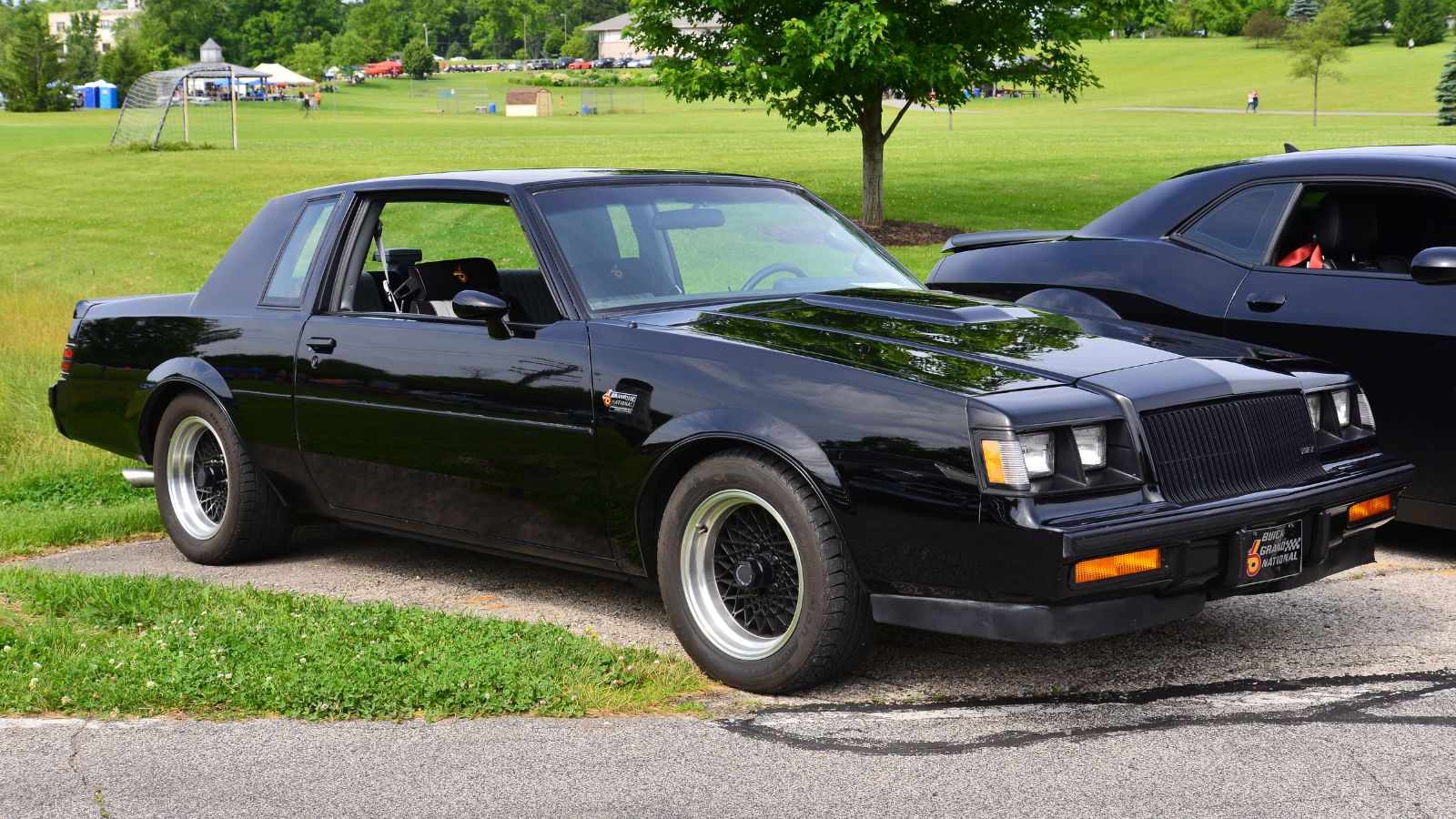
The 1987 Buick Grand National GNX is a legendary muscle car. It’s like a stealth fighter jet on wheels. Its blacked-out exterior and powerful 3.8-liter turbocharged engine make it a head-turner. The GNX was a limited edition, making it even more special. It combines raw power, sleek styling, and a touch of mystery. That’s why it’s still considered one of the most excellent muscle cars ever.
1962 Ferrari 250 GTO
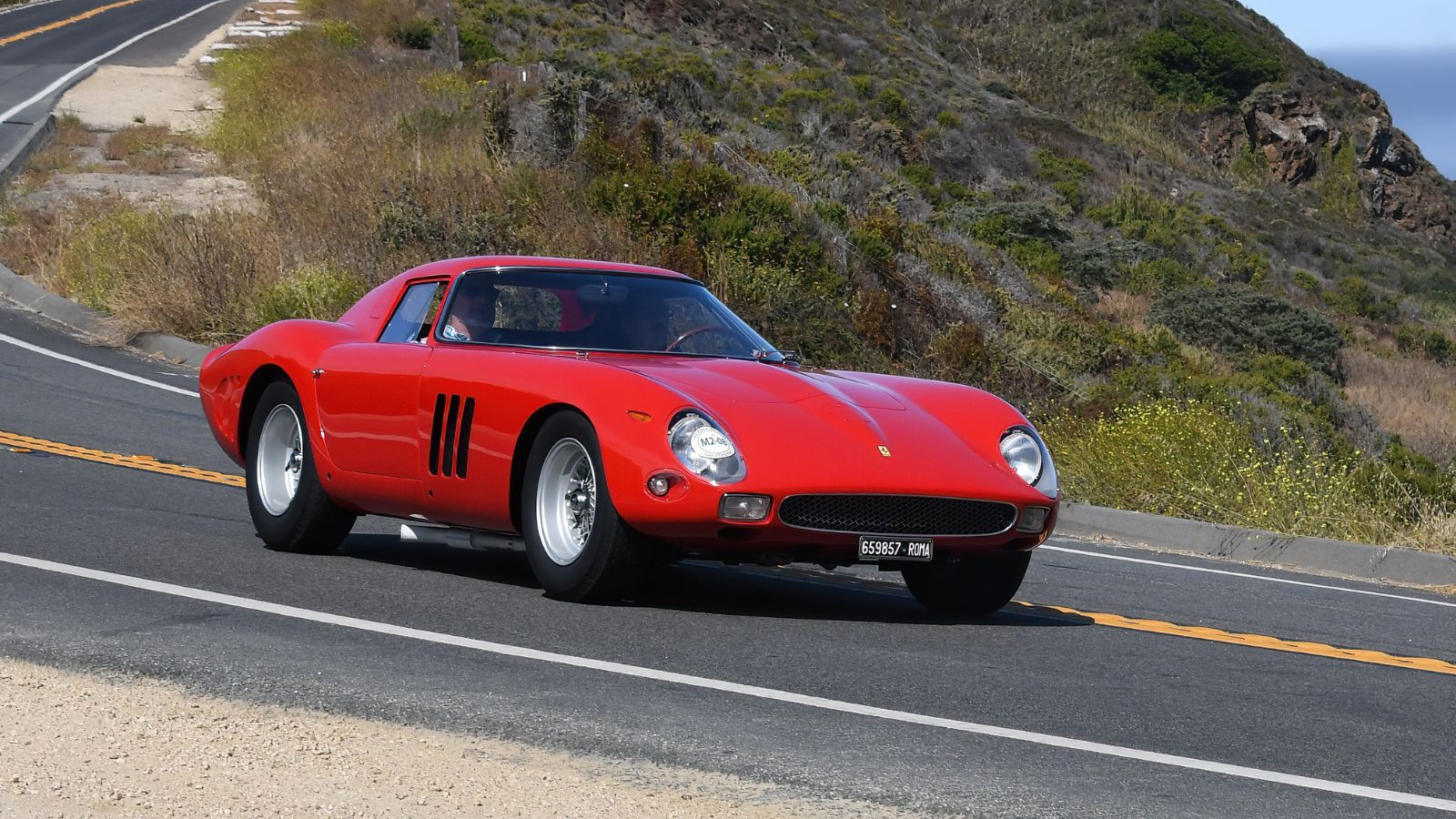
If there’s a Holy Grail in the world of cars, it’s the Ferrari 250 GTO. Only 36 were ever made, and they’ve become the most expensive cars on the planet, with auction prices soaring into the tens of millions. The 250 GTO combined racing pedigree with stunning beauty, and its V12 engine made it one of the fastest cars of its time. Plus, its lightweight construction, thanks to its fiberglass body, and advanced aerodynamics contributed to its racing success, winning numerous championships, including the FIA World Sportscar Championship.
1970 Plymouth Barracuda
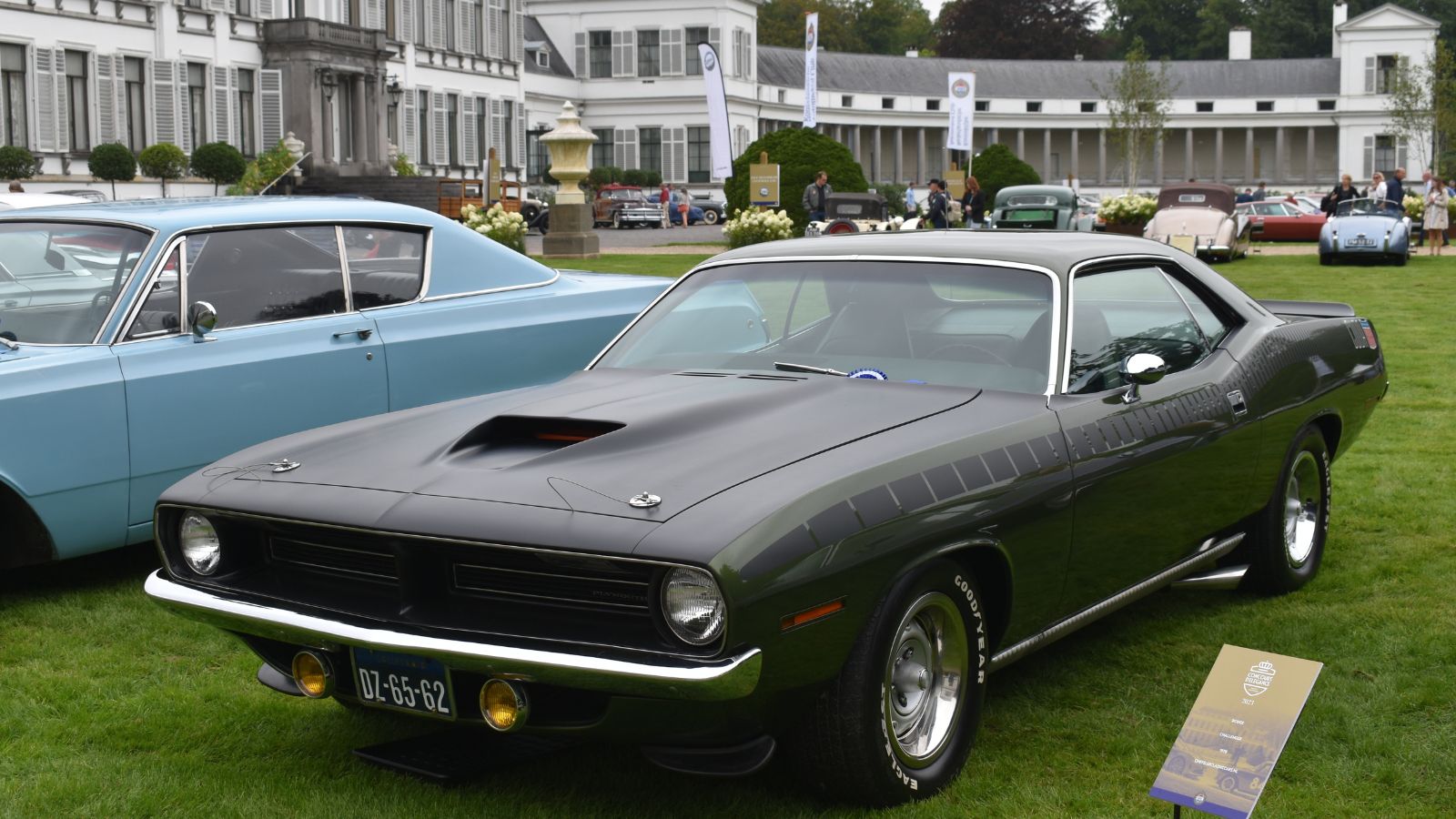
The 1970 Plymouth Barracuda (or ‘Cuda for short) had one goal: to eat Mustangs and Camaros for breakfast. It was available in several models, including the base Barracuda, the mid-range ‘Cuda, and the high-performance Hemi ‘Cuda. The ‘Cuda came standard with a 383 cubic inch V8 engine, delivering 335 horsepower, while the iconic 426 Hemi V8 option boasted a staggering 425 horsepower. Production for the 1970 model year was limited, with just over 18,000 units produced, making it a rare collector’s item today.
1992 Acura NSX
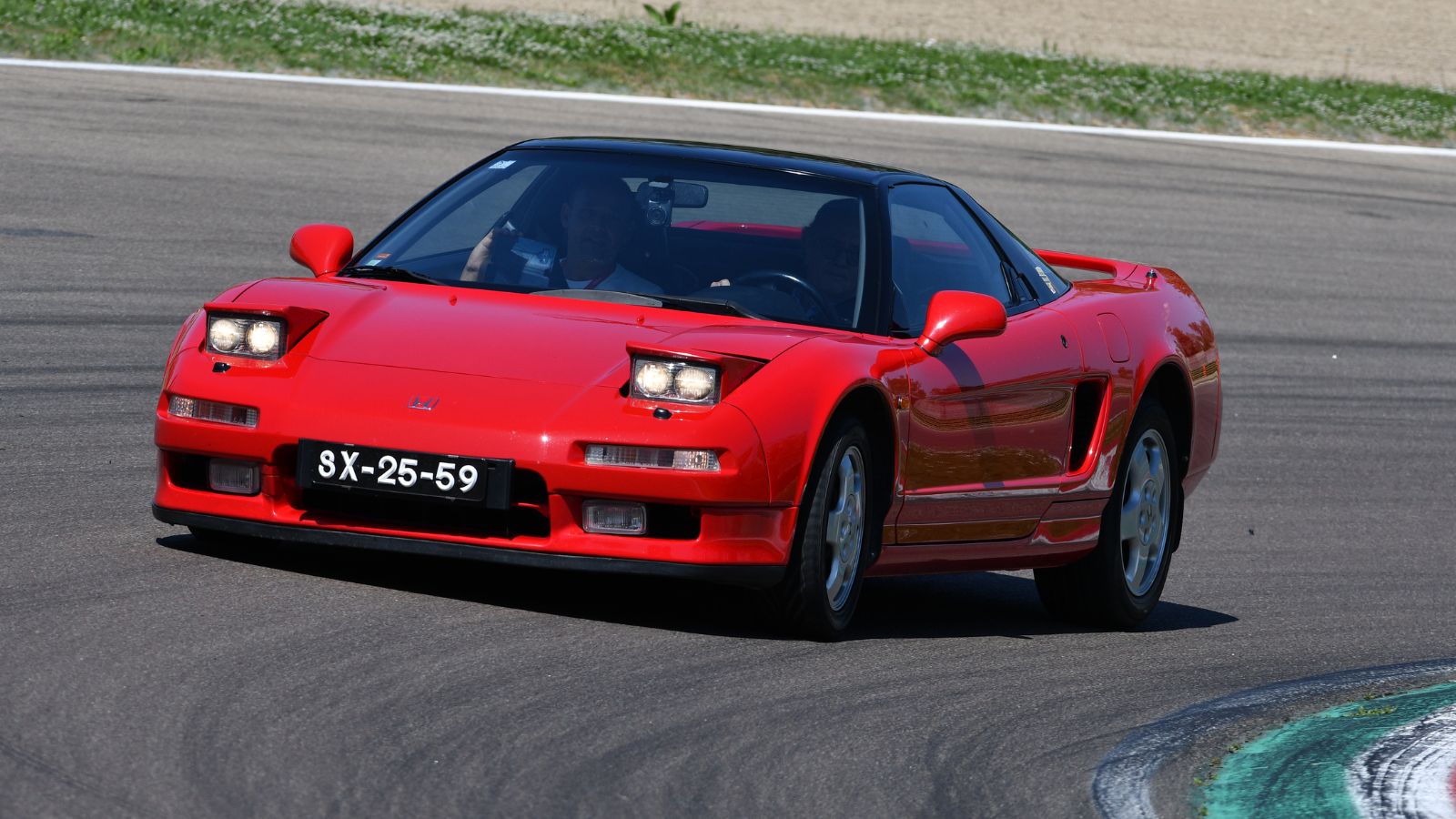
The Acura NSX was Japan’s answer to Ferrari, but with a twist—it was reliable. Powered by a 3.0-liter V6 engine producing 270 horsepower, the NSX could go from 0 to 60 mph in just over six seconds, a big deal in the ’90s. Its mid-engine layout provided handling glued to the road, making every twist and turn a thrilling experience. Plus, with only about 8,000 units produced, it is no wonder it’s a beloved classic.
1967 Shelby GT500
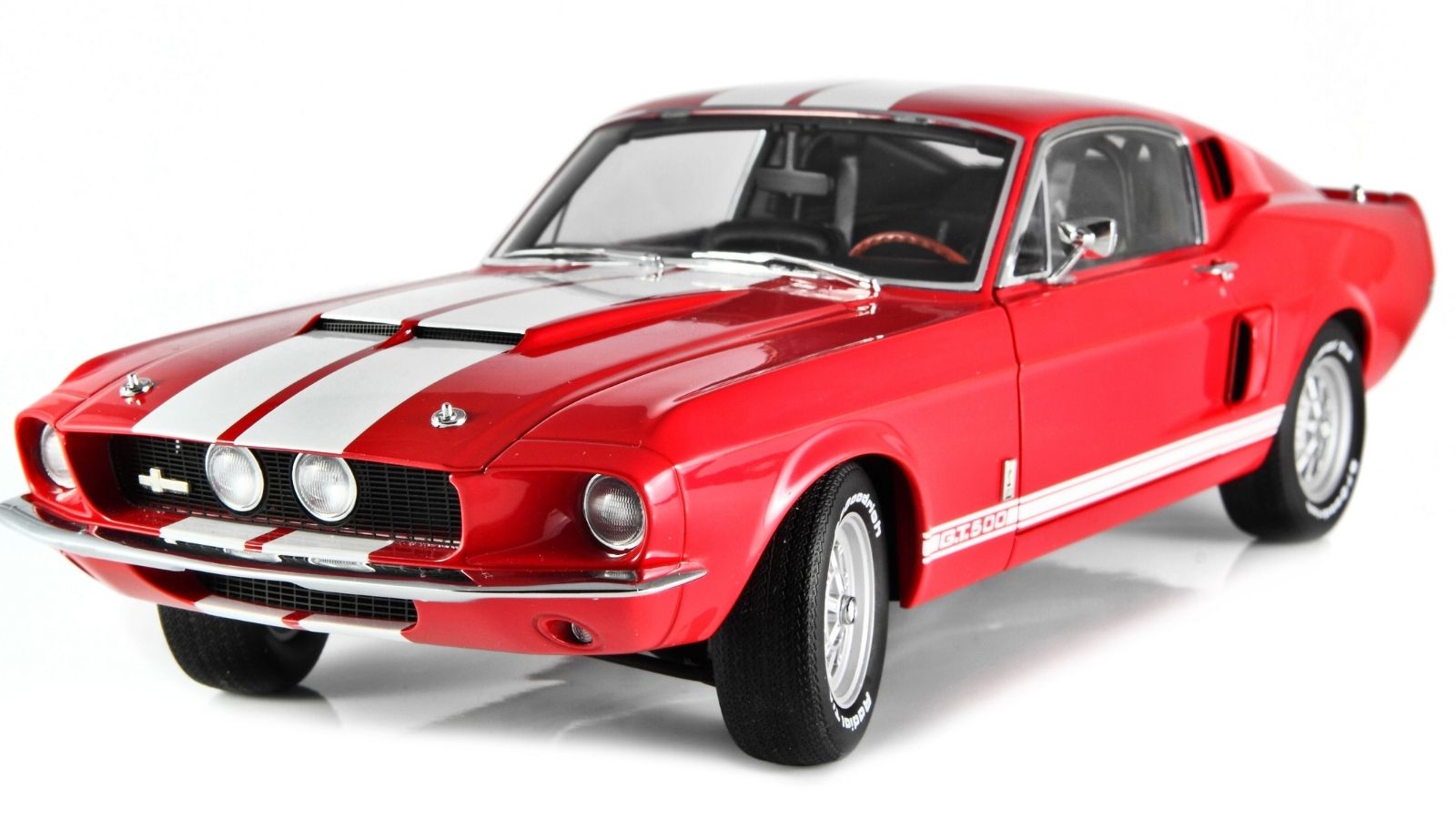
The 1967 Shelby GT500 is the ultimate Mustang. Under its long, sleek hood lurks a monstrous 428 cubic inch (7.0-liter) Cobra Jet V8 engine, belting out a jaw-dropping 355 horsepower (though some say it was closer to 400!). And, with its iconic stripe down the side, it looks like it’s always ready to race, even if you’re just heading to the local store. So, if you spot one, treat it like a celebrity — because it truly is the stuff of muscle car legend.
18 Reasons Why People Are Leaving Florida in Masses

Exploring factors that impact the desirability of living in Florida, this list delves into various challenges shaping residents’ experiences. From environmental concerns like rising sea levels to economic factors such as fluctuating job markets, these issues collectively contribute to a nuanced understanding of the state’s appeal.
18 Reasons Why People Are Leaving Florida in Masses
